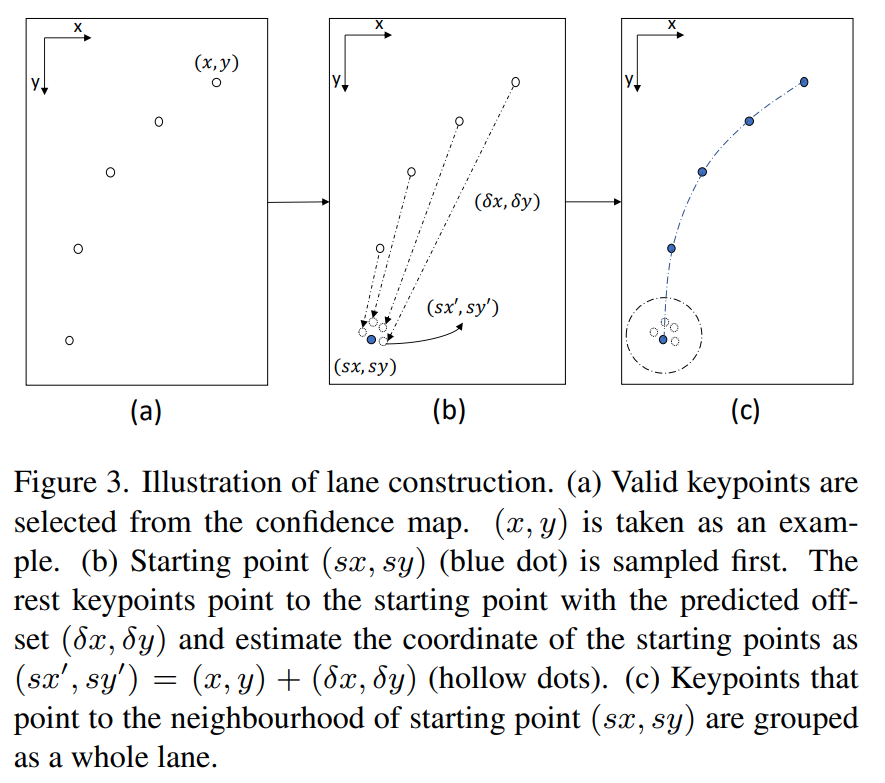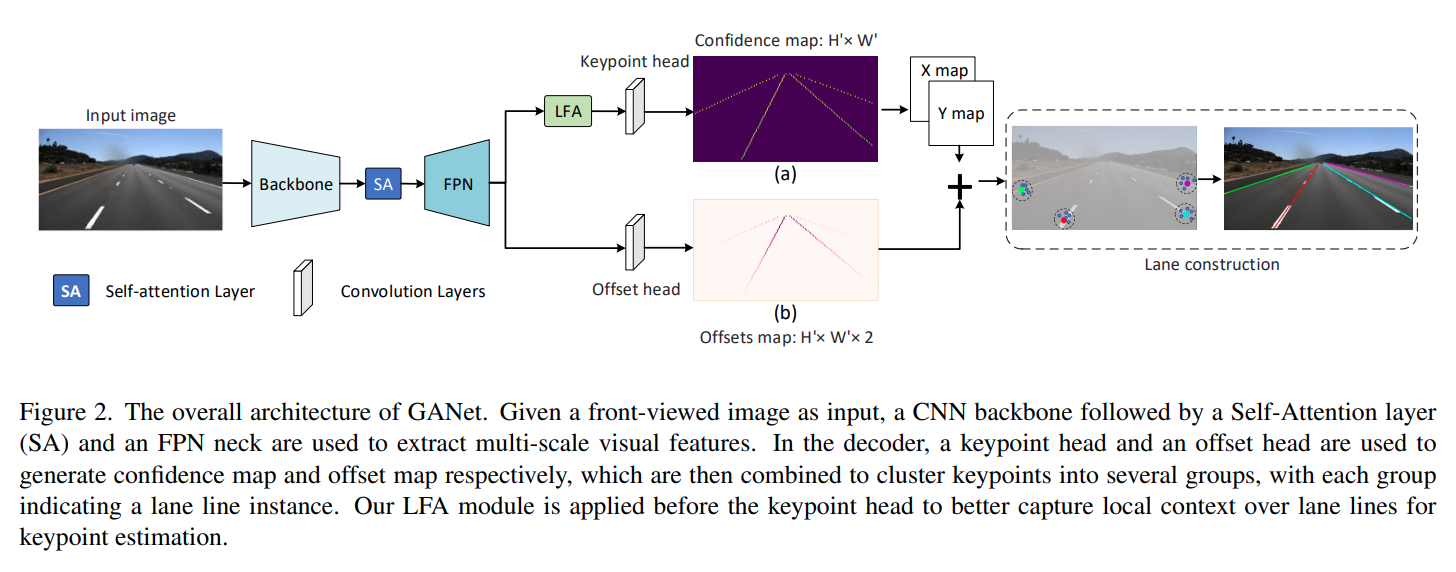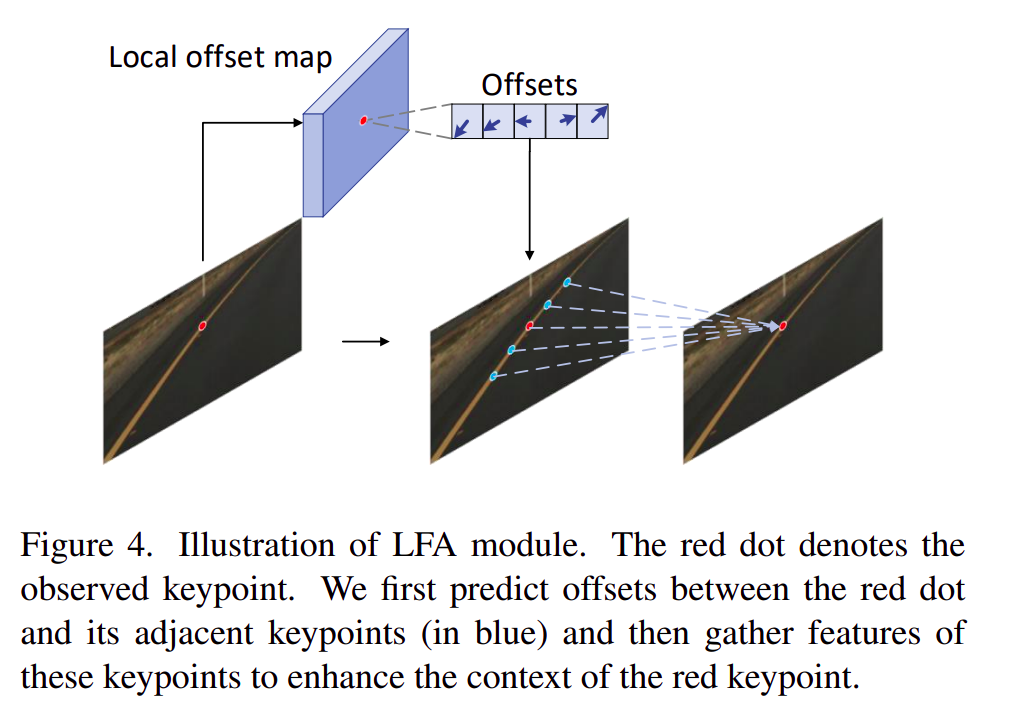1
2
3
4
5
6
7
8
9
10
11
12
13
14
15
16
17
18
19
20
21
22
23
24
25
26
27
28
| import torch
import torch.nn as nn
from torchvision.ops import deform_conv2d
import math
class LFA(nn.Module):
def __init__(self, in_channels, out_channels, num_adjacent_keypoints=5):
super(LFA, self).__init__()
self.offset_conv = nn.Conv2d(in_channels, 2 * num_adjacent_keypoints, kernel_size=1)
self.deform_conv_weight = nn.Parameter(torch.Tensor(out_channels, in_channels, 3, 3))
nn.init.kaiming_uniform_(self.deform_conv_weight, a=math.sqrt(5))
def forward(self, x):
offsets = self.offset_conv(x)
aggregated_features = deform_conv2d(x, offsets, self.deform_conv_weight, stride=1, padding=1)
return aggregated_features, offsets
lfa = LFA(in_channels=64, out_channels=128, num_adjacent_keypoints=5)
input_feature_map = torch.randn(16, 64, 128, 128)
aggregated_features, predicted_offsets = lfa(input_feature_map)
|


